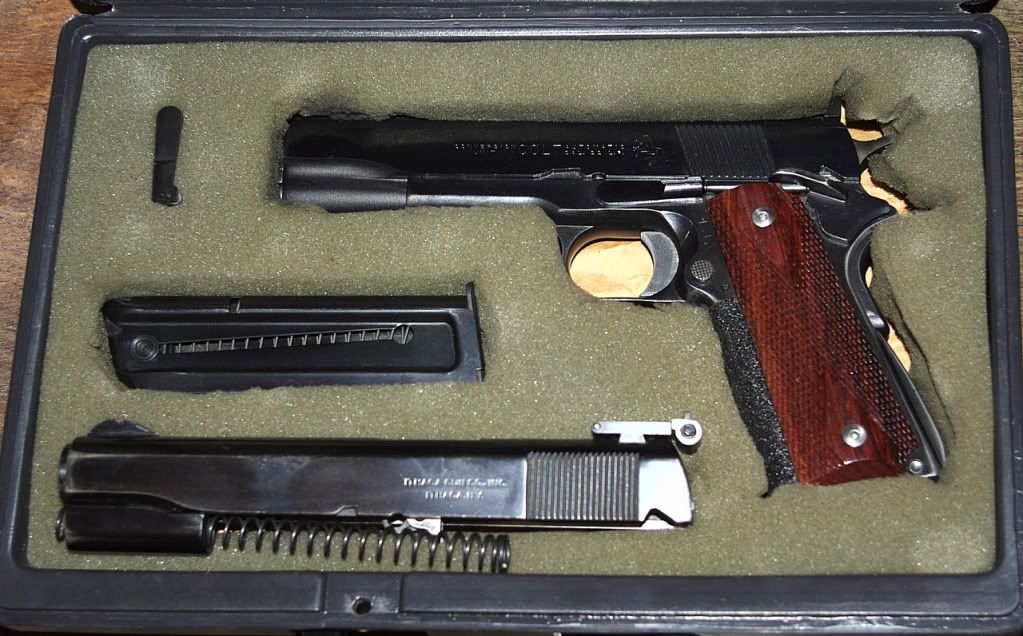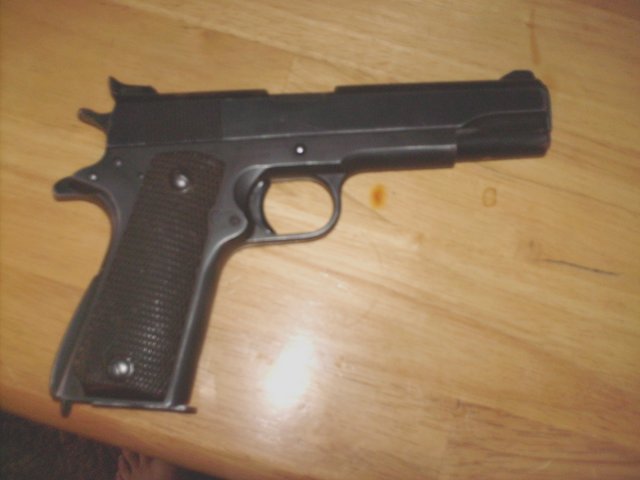sigp220.45
US Veteran
The thought never occurred to me until I began a search in earnest to find a USGI 1911A1. I was browsing a 1911-dedicated forum and was amazed at the number of really adamant posts to the effect that shooting a WWII vintage .45 would turn it in to a costly paperweight.
I regularly shoot a 1903A3, a couple of Victory Models, several Garands, and an M1 Carbine. I have a Smith 1917 that I don't think twice about shooting, and the same goes for many Smiths and Colts that date to well before 1945.
Is there any reason that a WWII 1911A1 in good condition can't stand up to regular shooting with ball ammo? Has anyone here had one fail?
I know there are modern replicas available, but I prefer the real deal.
Thoughts?
I regularly shoot a 1903A3, a couple of Victory Models, several Garands, and an M1 Carbine. I have a Smith 1917 that I don't think twice about shooting, and the same goes for many Smiths and Colts that date to well before 1945.
Is there any reason that a WWII 1911A1 in good condition can't stand up to regular shooting with ball ammo? Has anyone here had one fail?
I know there are modern replicas available, but I prefer the real deal.
Thoughts?
Last edited:


